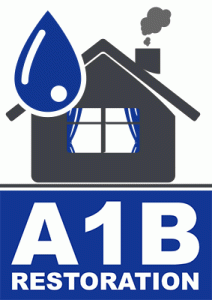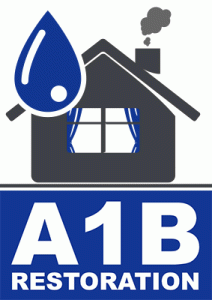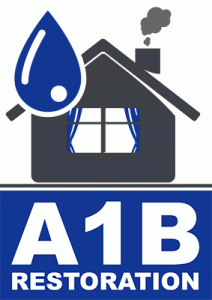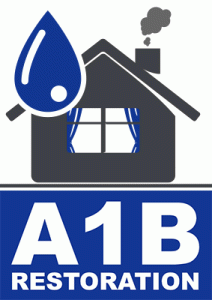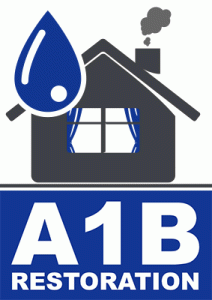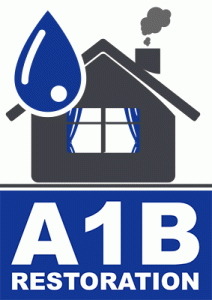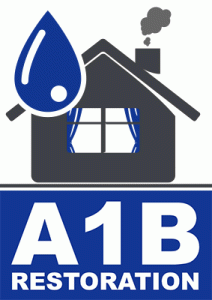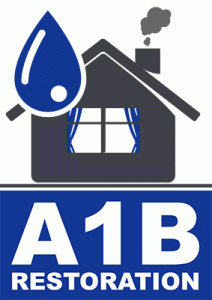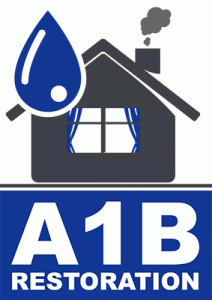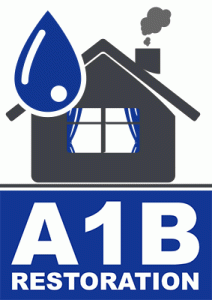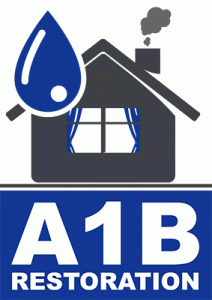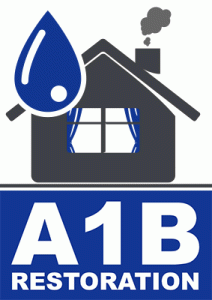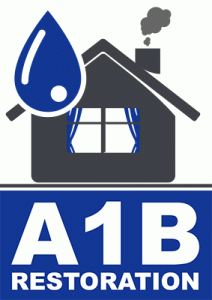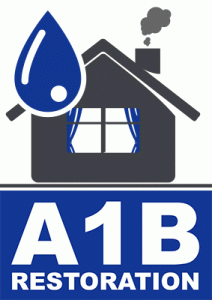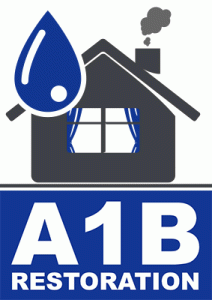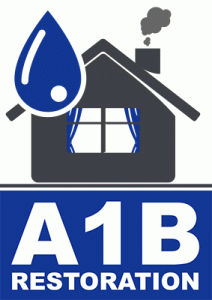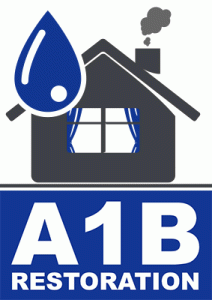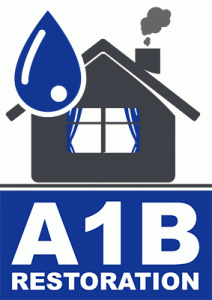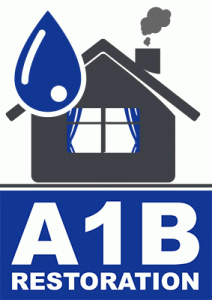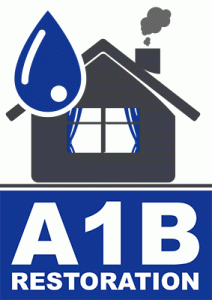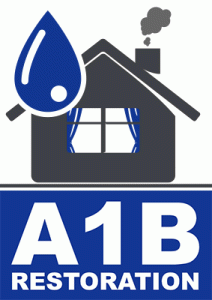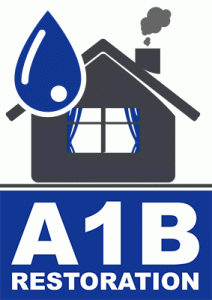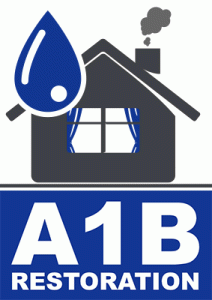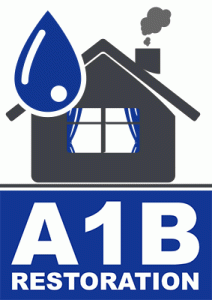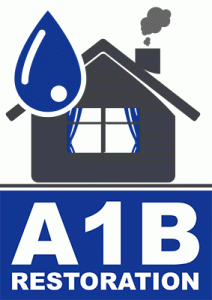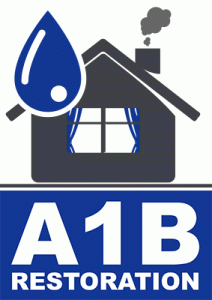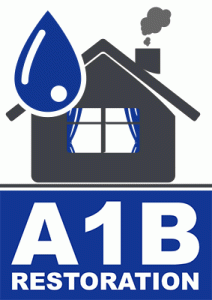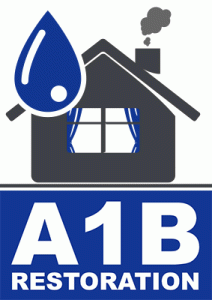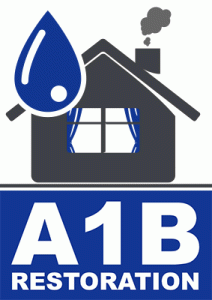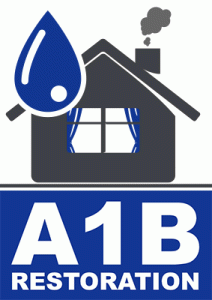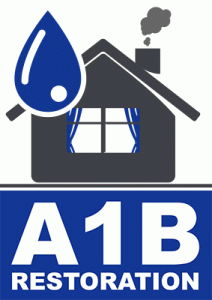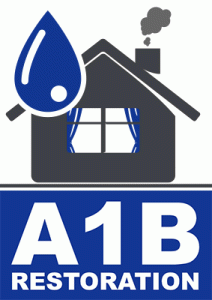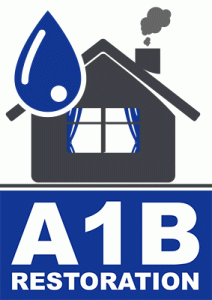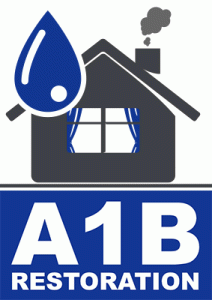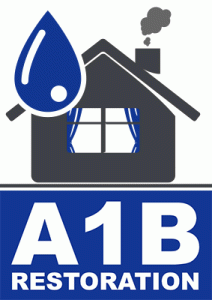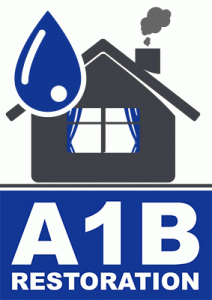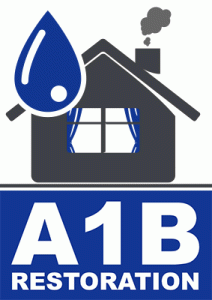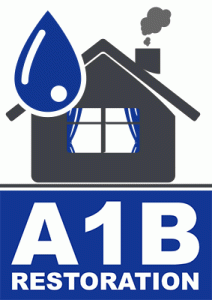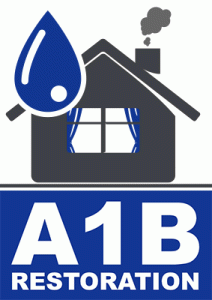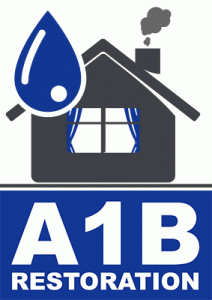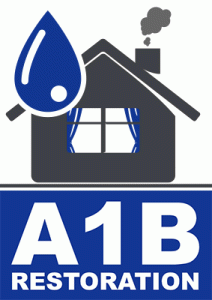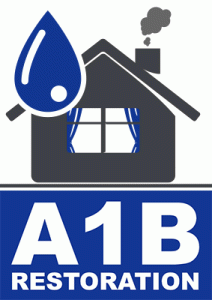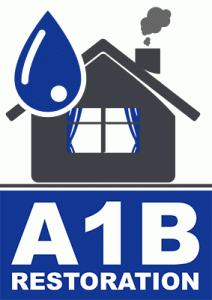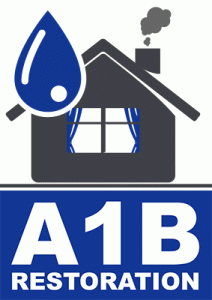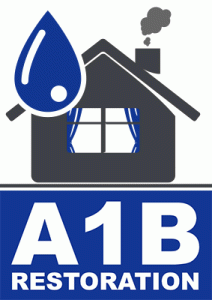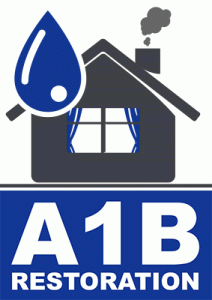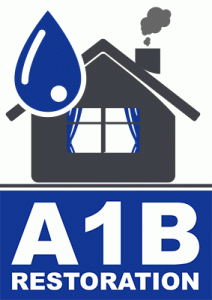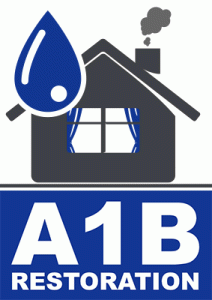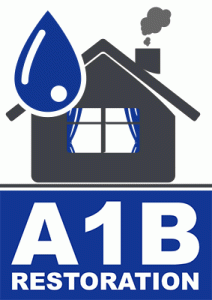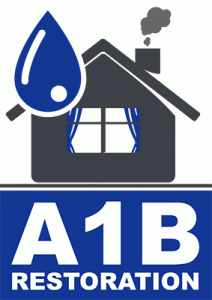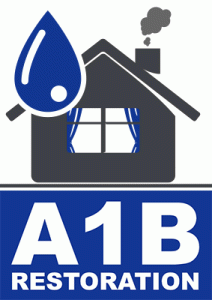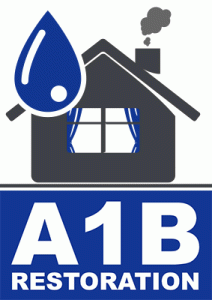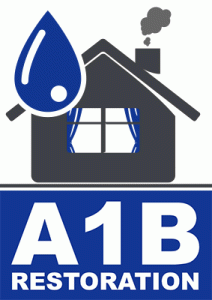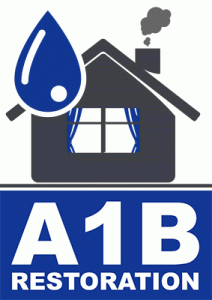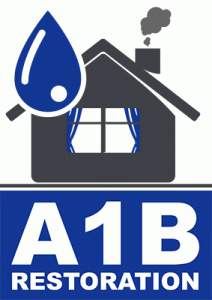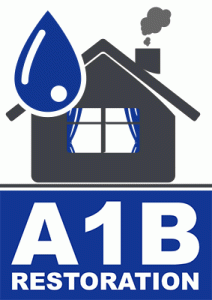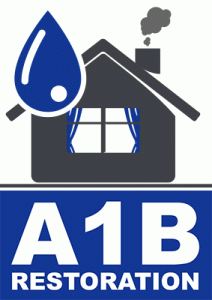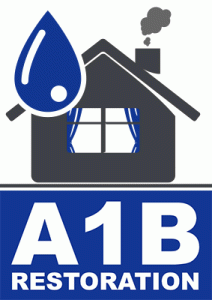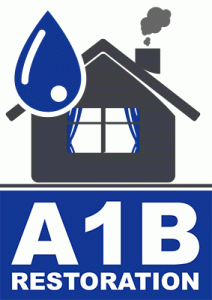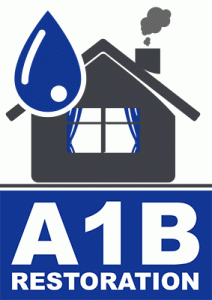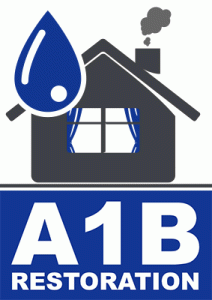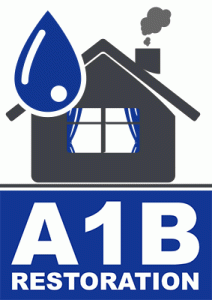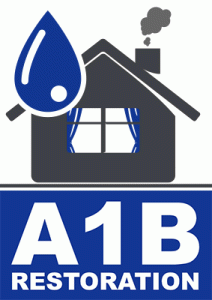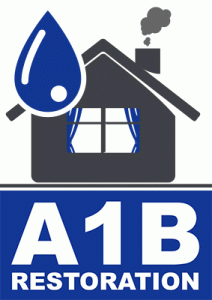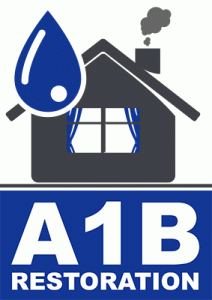The Benefits of Regular Home Inspections for Water Damage
In today’s fast-paced world, homeowners often overlook essential maintenance tasks that could prevent significant damage and costly repairs. One of the most underestimated issues is water damage. Regular home inspections for water damage are crucial in maintaining the integrity, safety, and value of your property. In this blog post, we will explore why regular inspections are necessary, the benefits they bring, and provide actionable tips to help you safeguard your home.
Understanding Water Damage
Water damage can occur in various forms, from visible leaks to hidden moisture accumulation. It can result from natural events like flooding or from internal issues such as plumbing failures. According to the Insurance Information Institute, water damage accounts for approximately 25% of all home insurance claims, with an average claim amounting to $10,234.
Common Causes of Water Damage
Water damage can arise from several sources, including:
- Leaking or burst pipes
- Clogged gutters
- Faulty appliances
- Roof leaks
- Poor drainage systems
- Severe weather conditions
The Importance of Regular Home Inspections
Regular home inspections play a critical role in identifying potential water damage before it becomes a larger issue. By conducting routine checks, homeowners can catch problems early, saving both time and money in the long run.
Early Detection Saves Money
According to the National Association of Home Builders, the cost of water damage restoration can range from $1,000 to $4,000, depending on the severity. However, early detection of issues through regular inspections can significantly reduce these costs.
Preserving Home Value
Water damage can lead to structural issues, mold growth, and a decrease in home value. Regular inspections help maintain the structural integrity of your home, preserving its market value. Homes with a history of water damage often sell for less than their undamaged counterparts.
Conducting a Thorough Water Damage Inspection
To effectively inspect your home for water damage, consider the following steps:
Check for Visible Signs
Begin by inspecting areas prone to water damage, such as basements, attics, and bathrooms. Look for visible signs like water stains, mold growth, and warped flooring.
Inspect Plumbing and Appliances
Regularly check your plumbing system and appliances for leaks or corrosion. Pay attention to pipes, water heaters, washing machines, and dishwashers.
Evaluate the Roof and Gutters
Ensure your roof is in good condition and free from leaks. Clean gutters and downspouts regularly to prevent water accumulation and potential damage.
Preventive Measures to Avoid Water Damage
In addition to regular inspections, implementing preventive measures can significantly reduce the risk of water damage.
Maintain Proper Drainage
Ensure your property has proper drainage systems in place. Consider landscaping modifications to direct water away from the foundation.
Install a Sump Pump
A sump pump can help prevent basement flooding by redirecting water away from your home. Regularly test and maintain the pump to ensure it functions correctly.
Seal Windows and Doors
Check the seals around windows and doors to prevent water from seeping into your home. Replace damaged or worn-out seals promptly.
Conclusion
Regular home inspections for water damage are an essential aspect of responsible homeownership. By understanding the causes of water damage, conducting thorough inspections, and implementing preventive measures, you can protect your home from costly repairs and preserve its value. Remember, the cost of prevention is often far less than the cost of repair. Prioritize regular home inspections and enjoy the peace of mind that comes with a safe, well-maintained home.
For more tips on home maintenance and prevention strategies, stay tuned to our blog. Protect your home, protect your investment.

restoration of water damage Lake Highlands Dallas Texas

water damage clean up near me Lake Highlands Dallas Texas

Haltom City Texas water damage restoration service near me
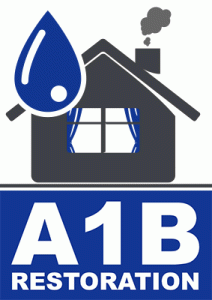
emergency water damage restoration Grapevine Texas
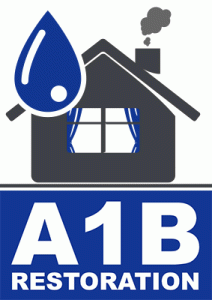
The Colony TX water damage restoration companies near me
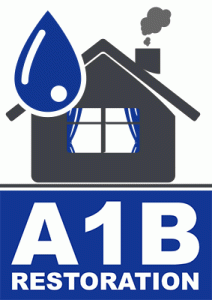
water damage and restoration companies Addison Texas

Royse City TX water damage restoration companies near me
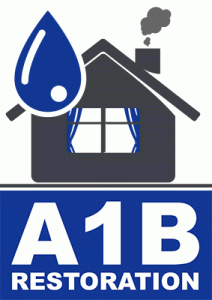
best water damage restoration near me Denton Texas
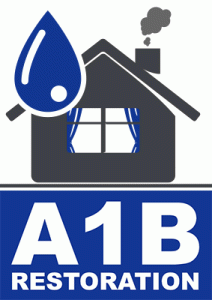
best water damage restoration near me Crowley Texas
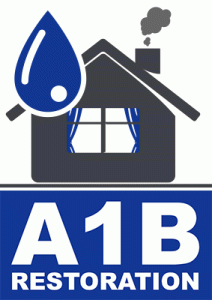
residential water damage restoration Duncanville Texas

water removal services near me Preston Hollow Dallas Texas
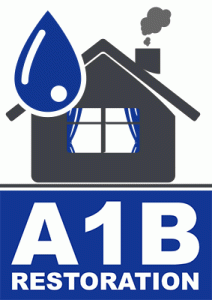
Haltom City TX water damage restoration companies near me
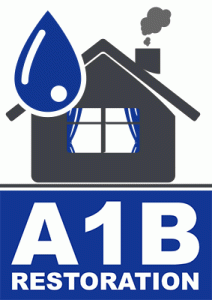
Southlake Texas restoration water damage companies
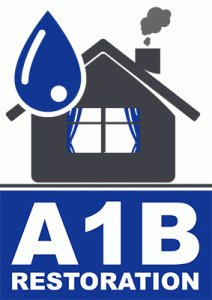
Lewisville Texas restoration water damage companies
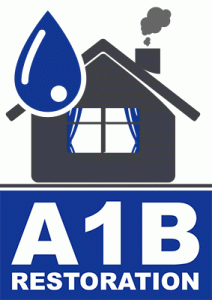
Preston Hollow Dallas Texas disaster restoration companies
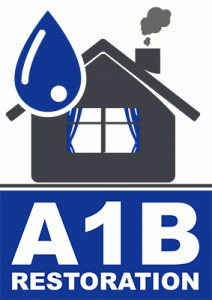
Colleyville Texas restoration water damage companies
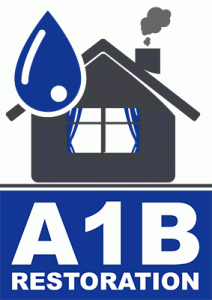
North Richland Hills Texas water damage restoration service near me
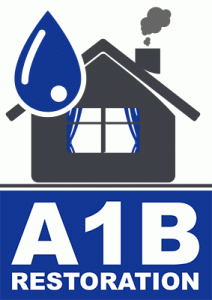
Haltom City Texas water damage restoration near me

Grand Prairie Texas water damage restoration service near me
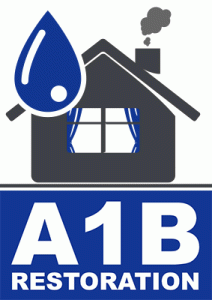
Parker Texas water damage restoration service near me
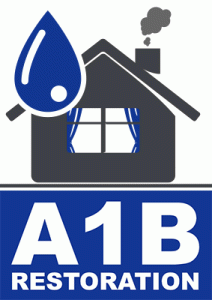
North Richland Hills Texas water extraction company near me

Flower Mound Texas restoration water damage companies

Denton Texas water damage restoration service near me
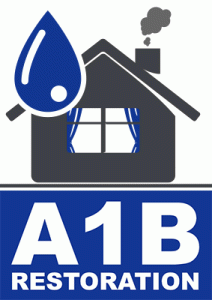
Garland Texas water damage restoration service near me
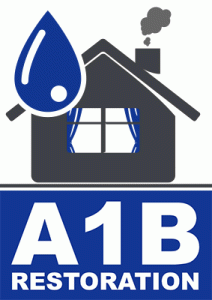
Cedar Hill Texas restoration water damage companies

North Richland Hills Texas water cleanup service near me
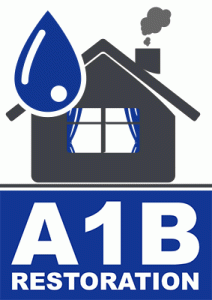
Lake Highlands Dallas TX water restoration services

Fairview TX water damage restoration companies near me
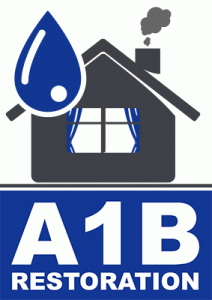
Preston Hollow Dallas TX water damage restoration services
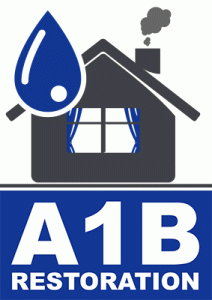
North Richland Hills TX water damage restoration companies
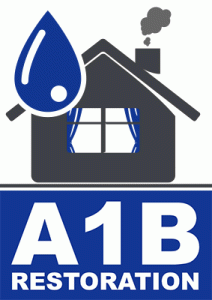
Highland Park TX restoration water damage experts
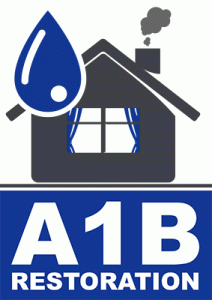
water remediation company near me Richardson Texas

water remediation company near me Highland Park Texas

water restoration companies near me Haltom City Texas
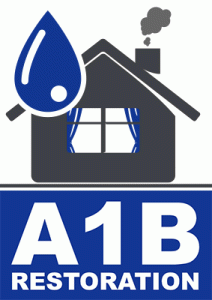
best water damage restoration near me Cedar Hill Texas
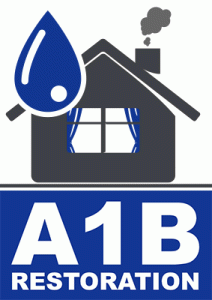
residential water damage restoration Roanoke Texas
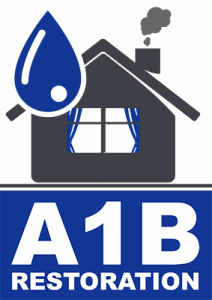
water damage restoration services near me Highland Park Texas
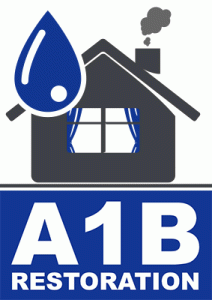
water damage restoration services near me Denton Texas
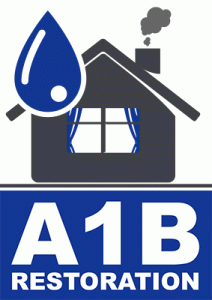
water damage clean up near me Highland Park Texas


